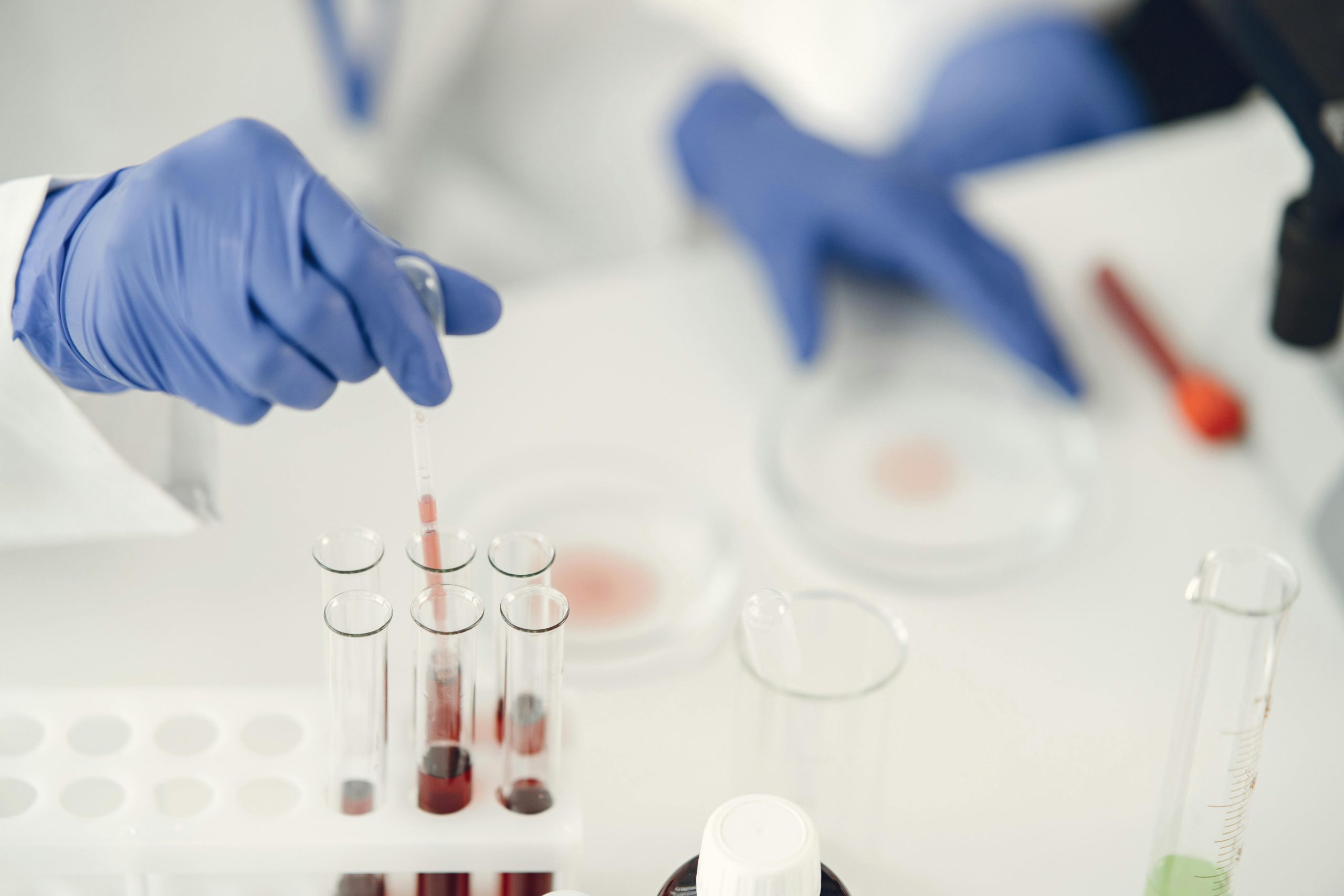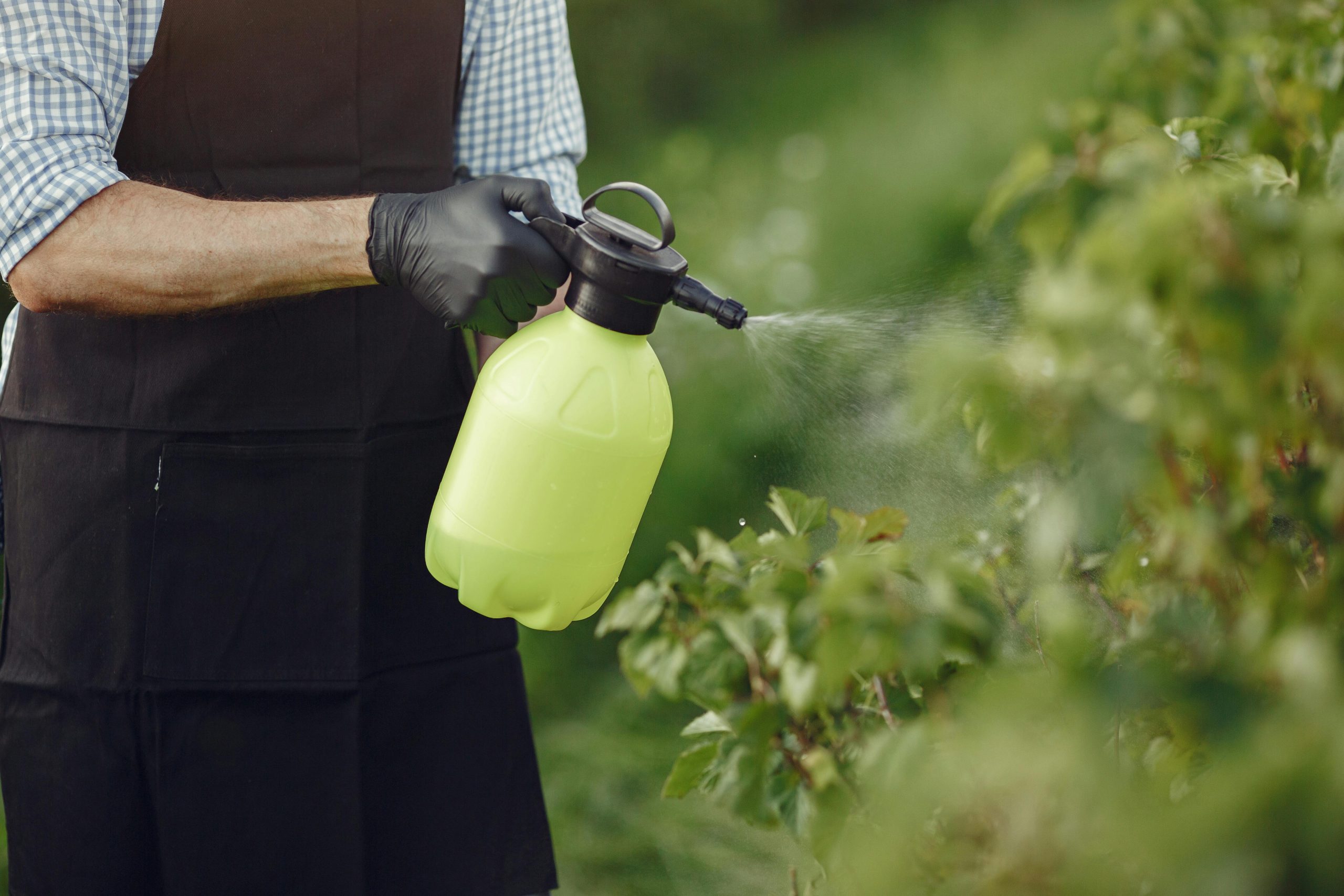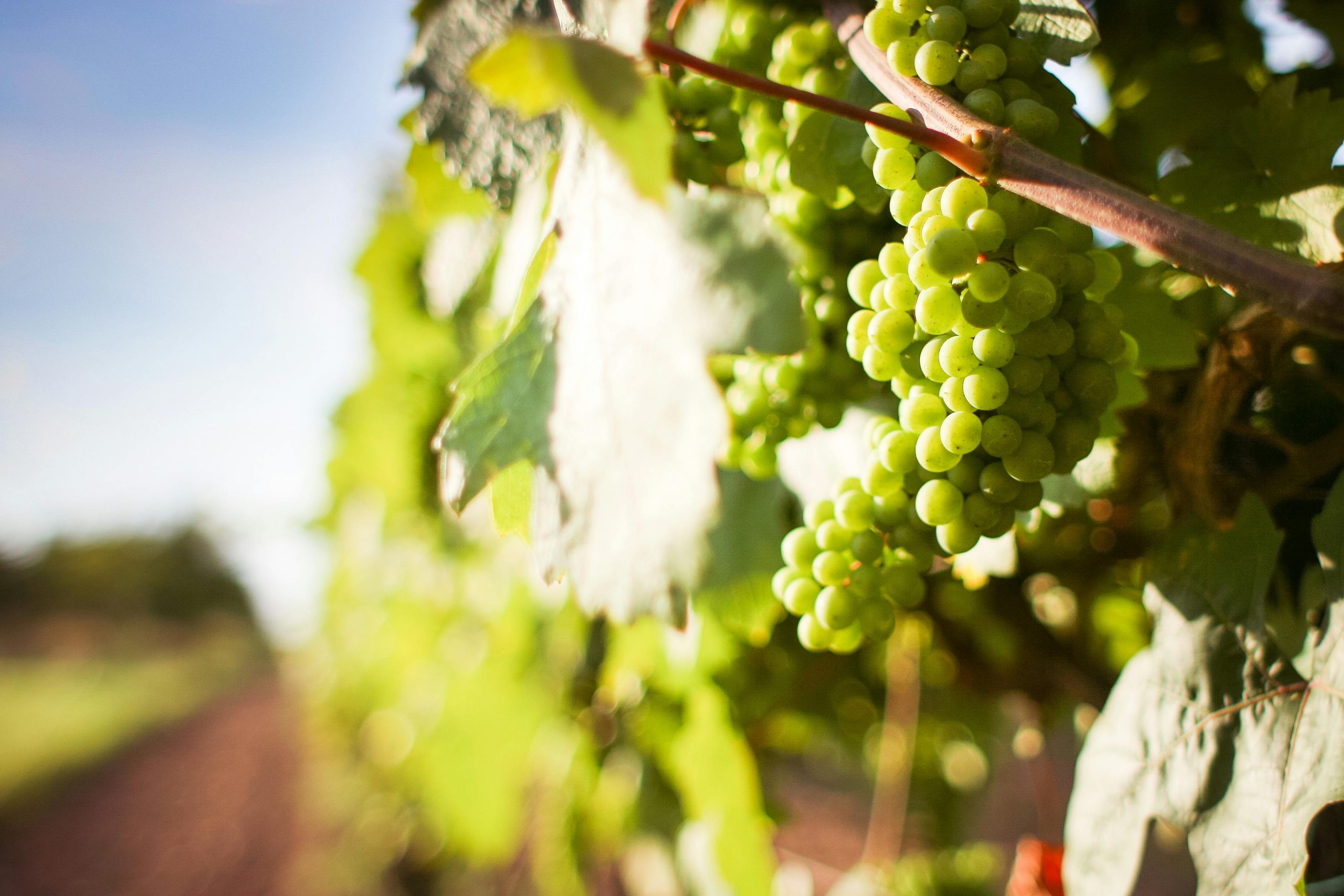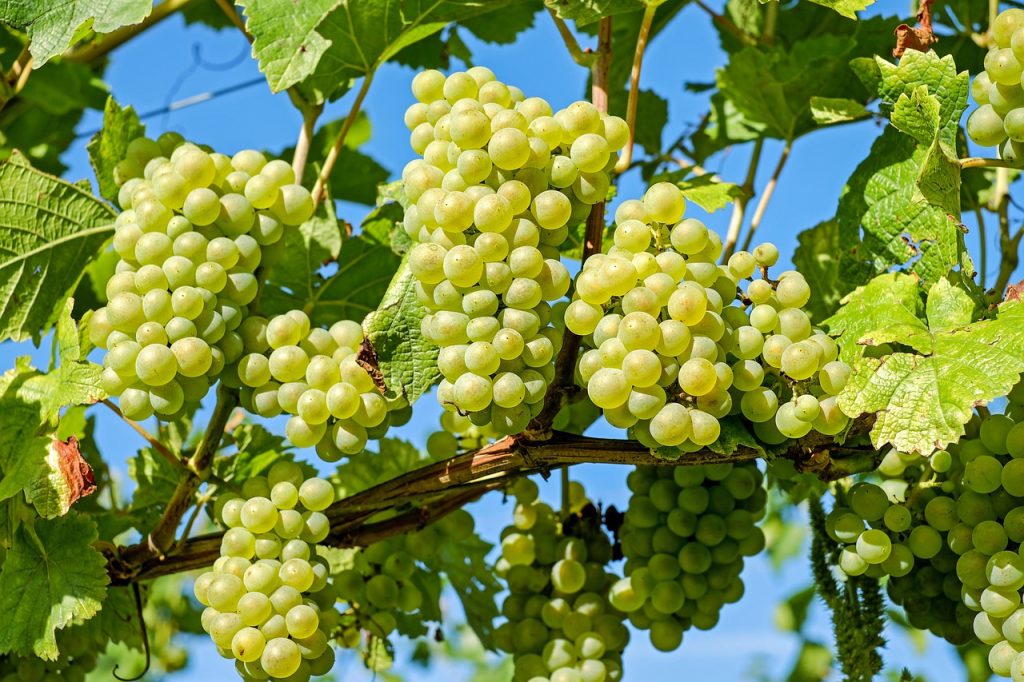What Are Wine Gift Hampers?

Imagine this: You’ve been invited to a dinner party, and you want to bring something special. But what? A bottle of wine sounds good, but it feels a bit predictable. Chocolates? Nice, but a bit ordinary. Then it hits you – the perfect solution, one that says “I’m thoughtful and classy”: wine gift hampers.
Wine gift hampers are the superheroes of gift-giving. They are like gift baskets, but with wine. It can also be wine and food baskets, giving you a little something to nibble on while you are enjopying the wine.
And not just any wine, but the kind that makes people feel like they should sip it while lounging in a velvet robe. Plus, it comes with a bunch of other delightful goodies that elevate the whole experience.
So, What Exactly Is a Wine Gift Hamper?
A wine gift hamper is essentially a collection of carefully selected items packaged together, with wine as the star of the show. But here’s the fun part: the wine doesn’t come alone! Depending on how fancy or thoughtful you want to get, the hamper may also include gourmet snacks, cheeses, chocolates, or even elegant glassware. It’s like the ultimate gift for anyone who enjoys wine and, let’s be honest, who doesn’t love a nice glass of wine?
Think of it like this: you’re not just giving a bottle of wine; you’re giving a whole experience. That’s the beauty of a wine hamper – it turns a simple drink into a luxurious, personalized event.
Why Are Wine Hampers So Popular?
People love wine gift hampers for a few reasons. First of all, they feel incredibly special. Receiving a basket full of handpicked treats makes someone feel like royalty, even if they’re just sitting in their pajamas binge-watching Netflix. Wine hampers show that you didn’t just swing by the liquor store five minutes before the party; you took the time to find something truly thoughtful.
But here’s another reason: they fit almost any occasion. Whether it’s wine gift baskets as a corporate gift, a wedding, or even just a “thank you,” wine hampers scream sophistication. They’re perfect for corporate gifts too. Want to impress your boss? A wine gift hamper will do the trick. Trying to make sure your in-laws like you? Yep, a wine hamper has got you covered.

What’s Inside a Wine Gift Hamper?
So, what exactly do you find inside a wine hamper? Well, this depends on how luxurious you want to get, but let’s break down the typical items:
1. Wine
This one is obvious. Wine is the leading star in a wine hamper. You’ll usually find a bottle (or two) of red, white, or sparkling wine. Sometimes, it’s a mix of different types of wine, so there’s something for everyone.
For the wine connoisseur, some hampers include premium bottles, even vintage ones if you’re feeling extra generous (and your wallet is feeling extra friendly). For the more casual wine drinker, you can find hampers with popular, crowd-pleasing brands.
2. Cheese
Cheese and wine are the Beyoncé and Jay-Z of the food world. They just belong together. Many wine hampers come with a selection of fine cheeses, ranging from sharp cheddars to creamy brie. Pairing these with a glass of wine makes you feel like you’re at a fancy wine bar, even if you’re in your living room.
3. Crackers and Breadsticks
You can’t just eat cheese by itself, right? That’s where the crackers come in. Many hampers include gourmet crackers or breadsticks that complement the cheeses perfectly. It’s the classy version of your typical snack plate.
4. Chocolates
Wine and chocolate is a match made in heaven. If you’re sending a wine gift hamper to someone with a sweet tooth, this will be their favorite part. Dark chocolate pairs beautifully with red wines, while milk chocolate can be a lovely partner to whites or sparkling options.
5. Jams, Jellies, and Preserves
Feeling a little fancy? Some wine hampers include artisanal jams or preserves, which you can spread on the crackers with cheese. Trust me, this is how the pros snack. It’s all about layering flavors and textures.
6. Nuts and Dried Fruits
If you’ve ever been to a wine tasting, you’ve probably noticed they like to serve wine with almonds, cashews, or dried apricots. That’s because the flavors balance out the wine perfectly. Hampers sometimes include these items to give your palate a full workout.
7. Glassware and Accessories
If you’re really trying to impress, some wine hampers include elegant wine glasses or even fancy wine openers. Because why not?
The Beauty of Personalization
One of the coolest things about wine gift hampers is that they’re highly customizable. If you know your recipient loves red wine, you can tailor the hamper to feature reds. If they’re into bubbly, load it up with sparkling options. Many companies allow you to personalize the items, from adding a handwritten note to even customizing the packaging.
You can also pick a theme. Is this a romantic gift? Go for rich reds, chocolates, and candlelight vibes. Is it for a celebration? Choose sparkling wines, fun snacks, and maybe even some confetti! The options are endless.
When to Give a Wine Gift Hamper
There’s never a bad time to give someone a wine gift hamper. But there are definitely moments when they shine. Here are a few occasions where a wine hamper will absolutely steal the show:
- Birthdays: A wine hamper makes a birthday feel even more special. Plus, it’s a lot classier than just handing someone a gift card.
- Anniversaries: There’s something romantic about a well-curated wine hamper. Add a couple of candles and you’ve got yourself an anniversary evening to remember.
- Holidays: Whether it’s Christmas, Thanksgiving, or even Easter, wine hampers add a touch of elegance to the holiday spirit.
- Corporate Gifts: Want to thank a client or reward an employee? A wine hamper makes you look thoughtful and generous without being overly personal.
- Housewarming: Moving into a new home can be stressful, but receiving a wine hamper makes it feel like a celebration.
Where Can You Get a Wine Gift Hamper?
So now that you’re sold on the idea, where can you get one? The good news is that there are tons of options. Many online retailers specialize in wine hampers, and you can find a variety of options depending on your budget and style. Some of the big names include:
- Amazon: Yes, the everything store also does wine hampers. They offer a wide range of options, from affordable to extravagant.
- Specialty Wine Shops: Many wine stores offer customized hampers, especially around holidays. If you want to support local businesses, this is a great option.
- Online Gift Companies: Sites specialize in gift baskets, including high-end wine hampers. For example check out this one, just click on the image:

Final Thoughts
Wine gift hampers are the perfect combination of thoughtfulness and sophistication. They turn an ordinary bottle of wine into an unforgettable experience by pairing it with complementary treats. Whether you’re celebrating a special occasion, trying to impress someone, or just want to give a great gift, a wine hamper delivers every time. So, the next time you’re stuck wondering what to give someone, remember – wine is fine, but a wine hamper is divine!


















